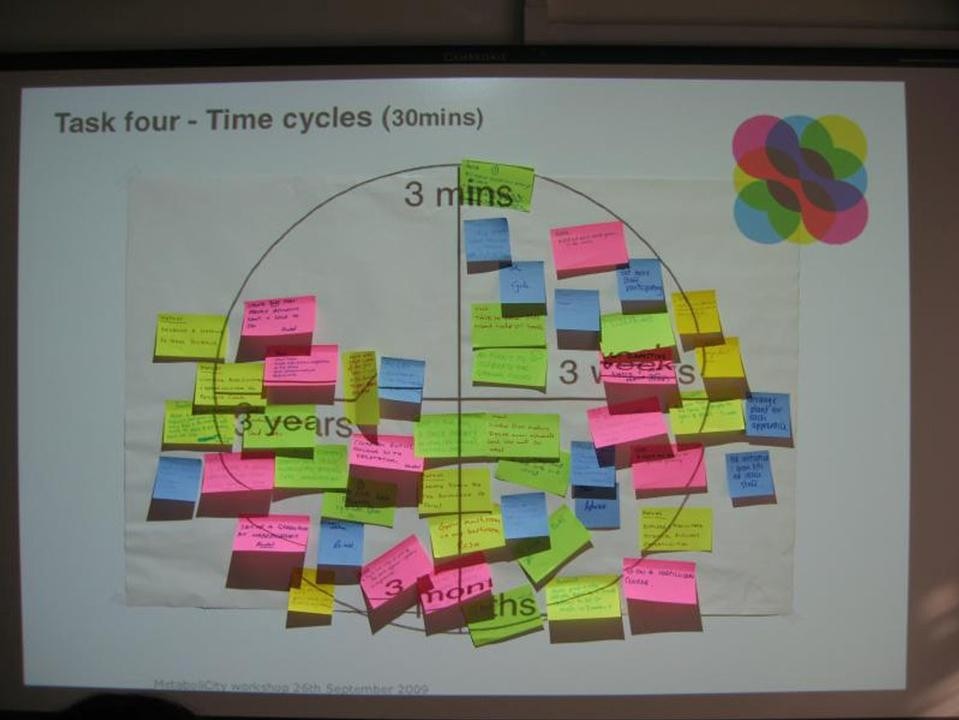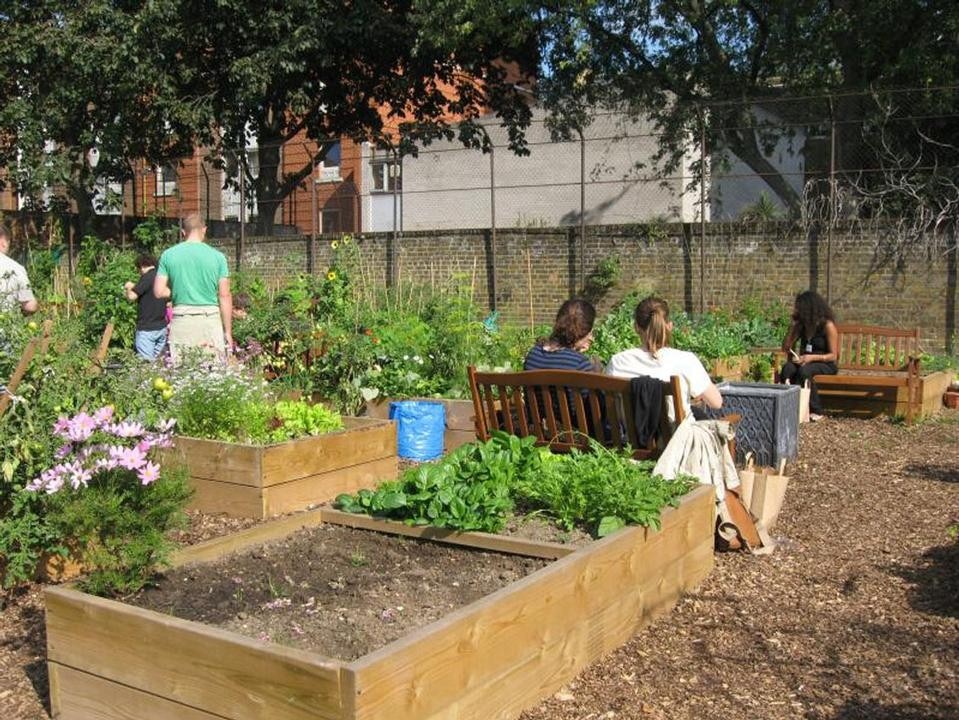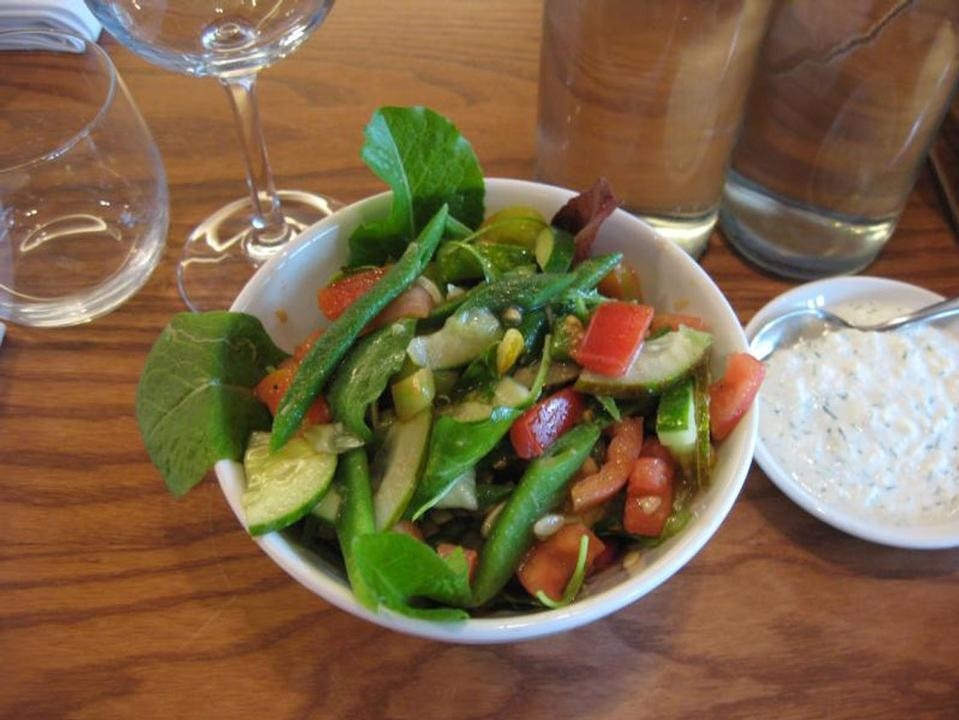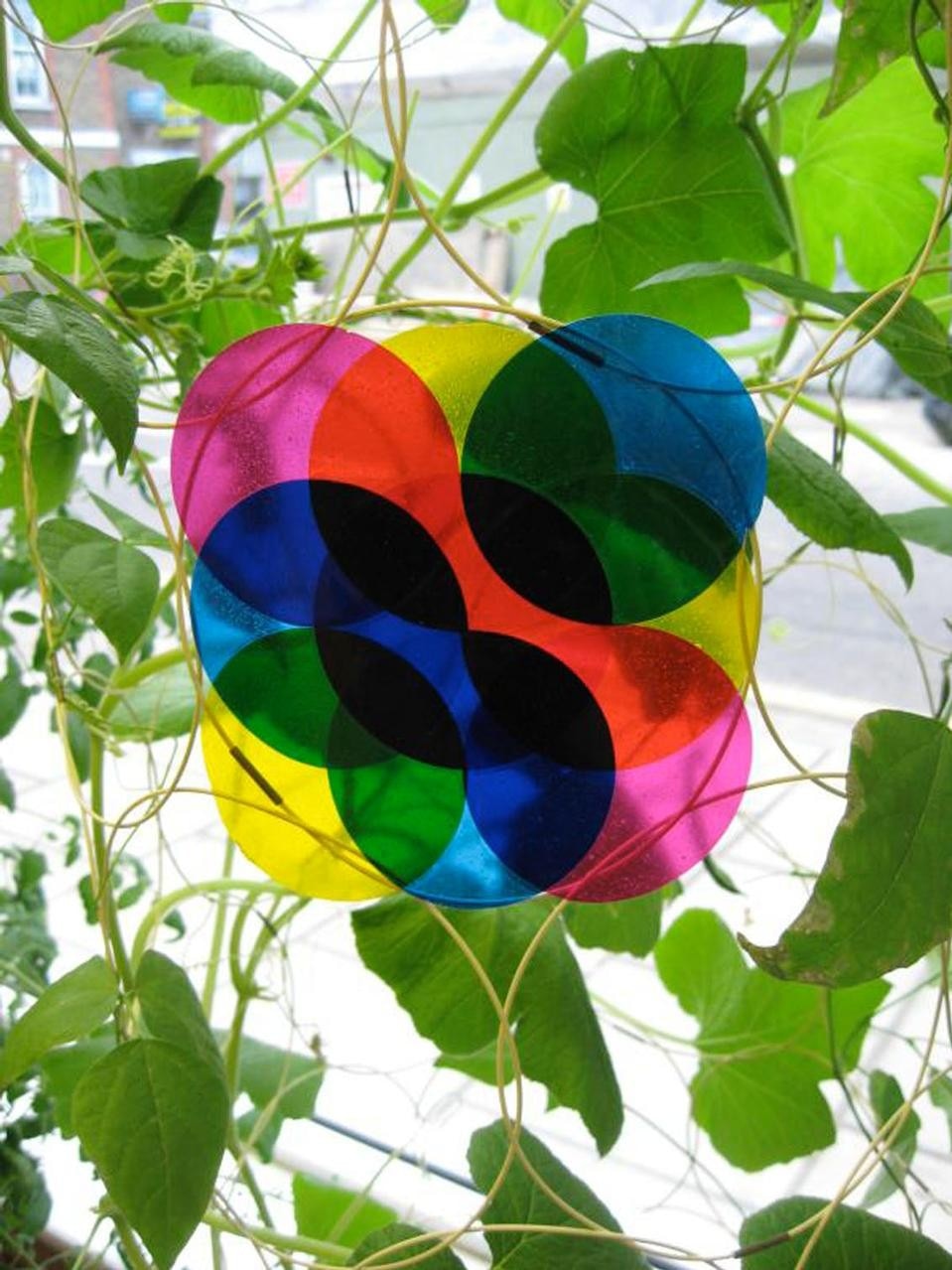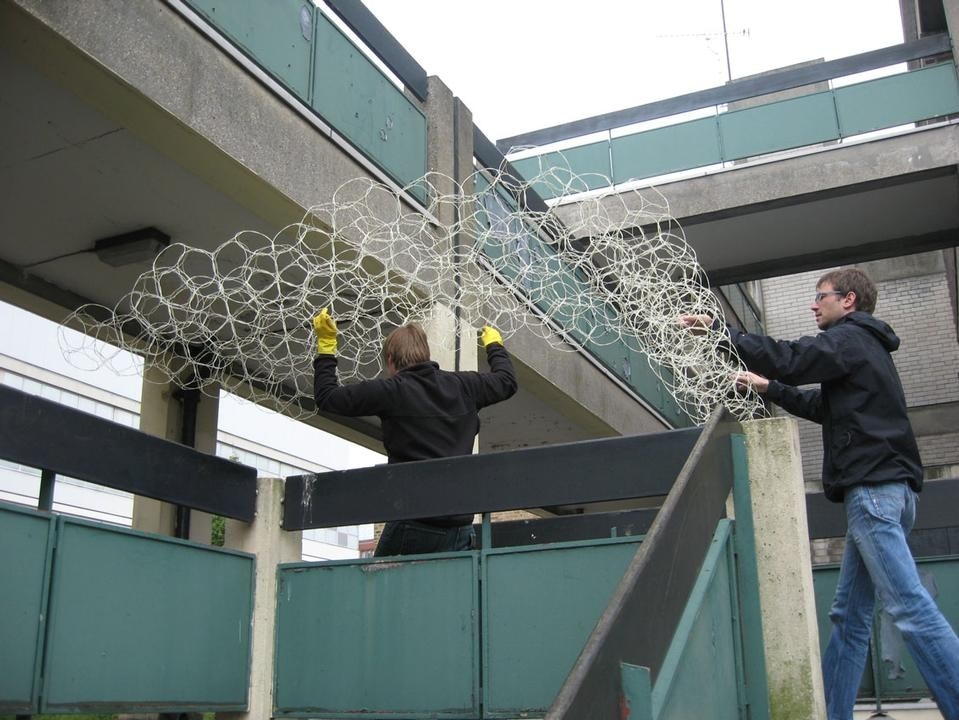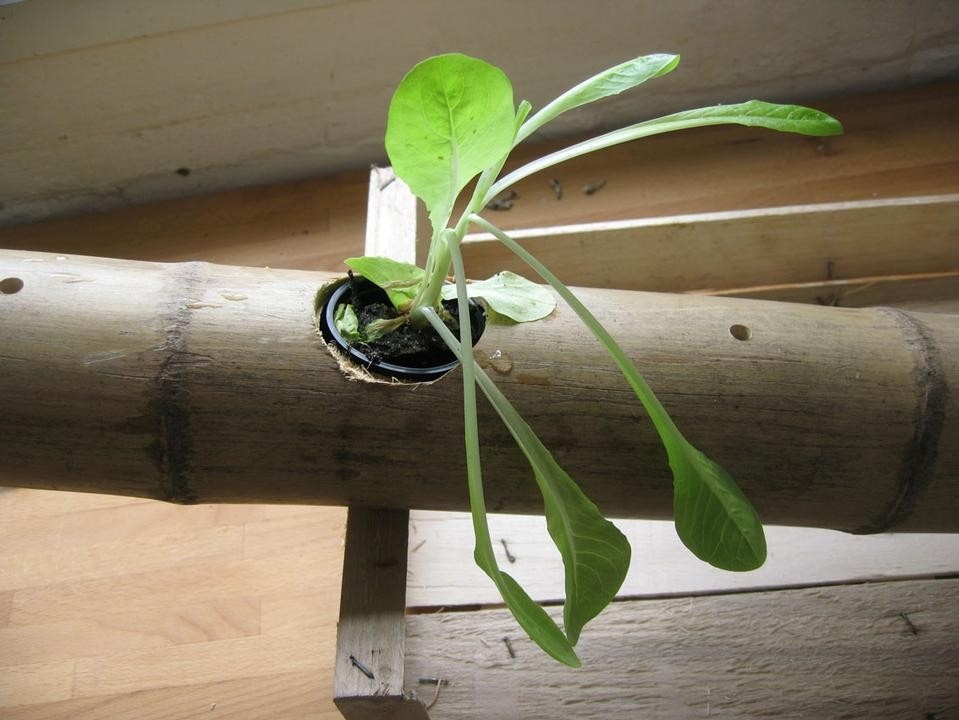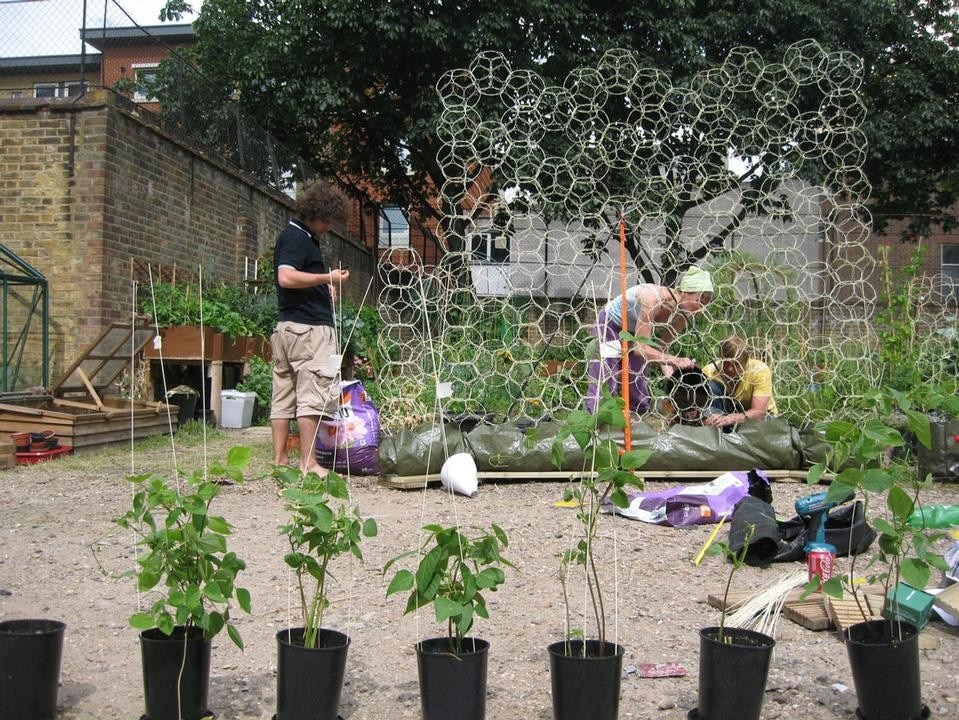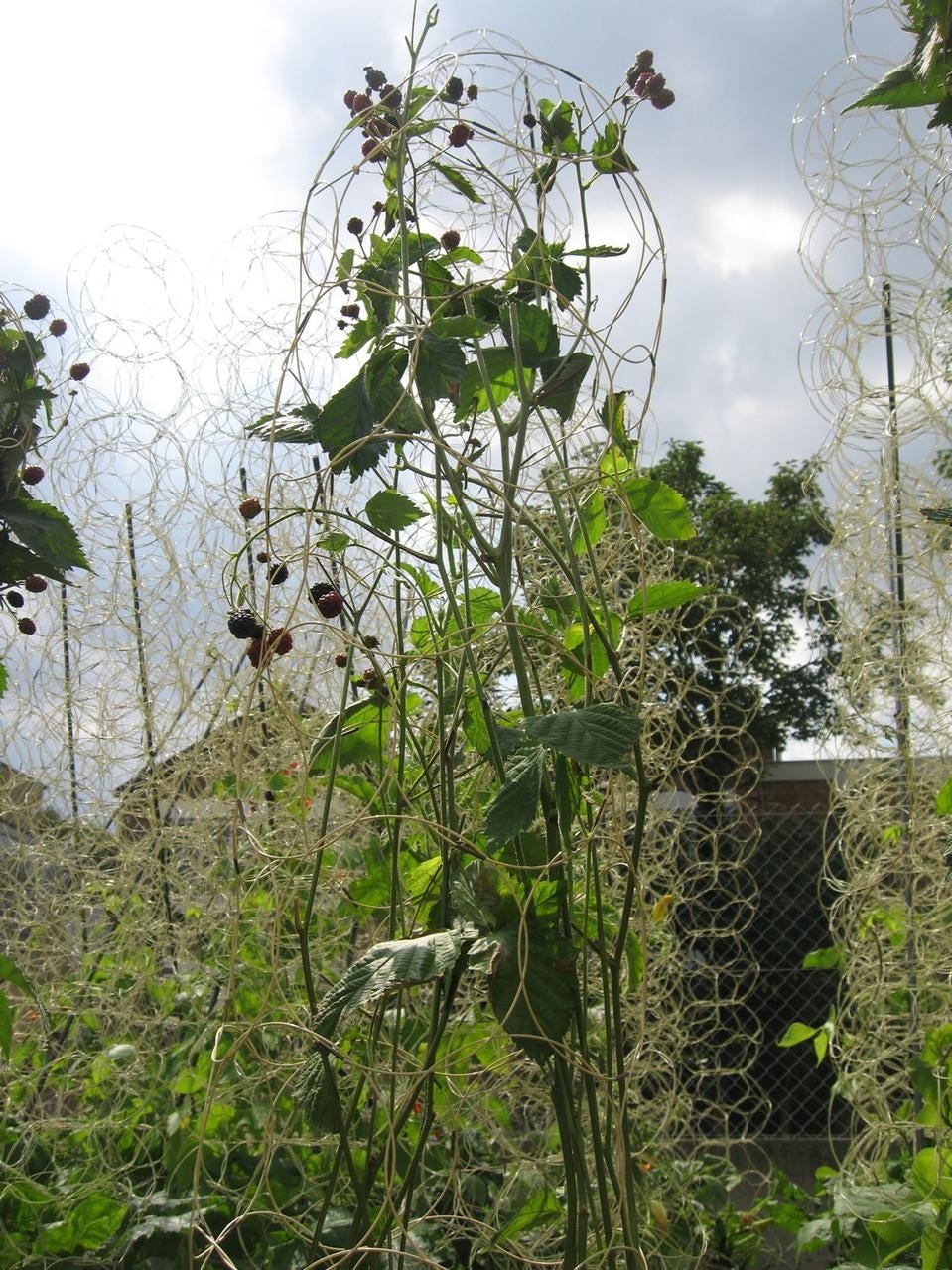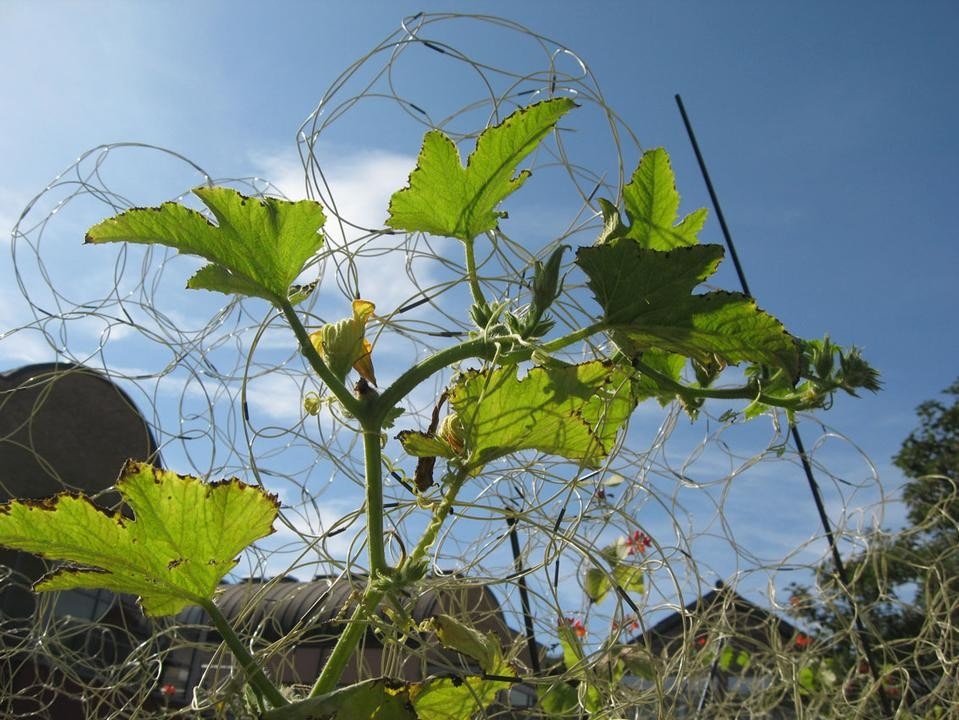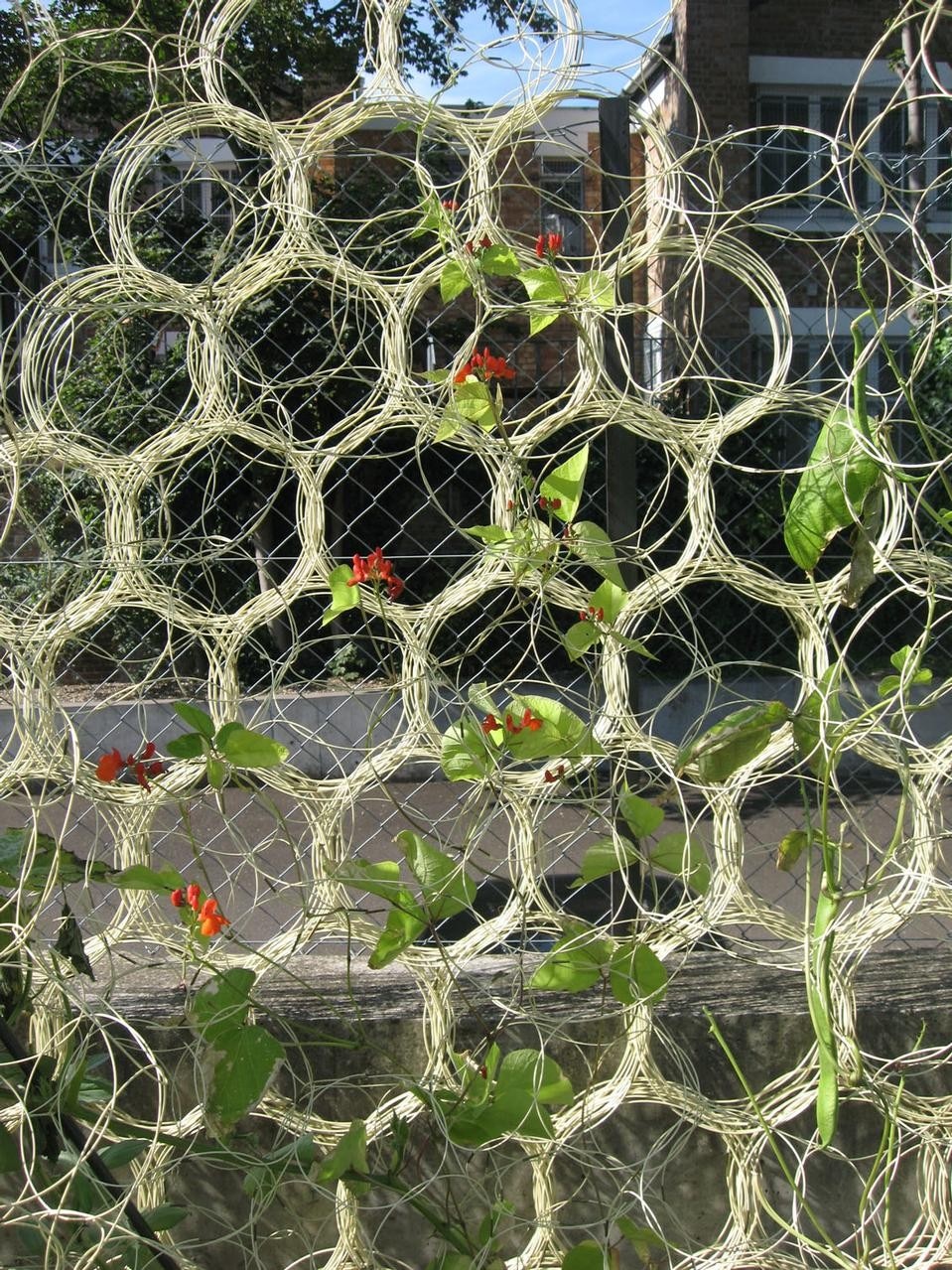The sites around the city include a restaurant, an office and a community centre. Indoors, the designers set up a hydroponics system. Passers-by on an East End housing estate can find pumpkins, courgettes and beans climbing up a lamppost.
Outdoors, three-dimensional carbon-tube and fibreglass lightweight trellises – up to 2.5 metres high – support the plants, whose roots stand in grow bags filled with soil. MetaboliCity grew out of a project called Nobel Textiles, a collaboration between Loop.ph and Sir John Walker, 1997 Chemistry Nobel Prize winner for his work on storage and conversion of cellular energy. Led by textile designer and research fellow at Central Saint Martins, School of Art and Design, London, Rachel Wingfield and artist Mathias Gmachl, Loop.ph was set up in 2003. Wingfield and Gmachl had met at a circus, where they were working with FoAM, a Brussels-based multidisciplinary research group and arts collective, on a performer and spectator role-reversal event.
Loop.ph’s designs include environmentally responsive works, such as illuminated textiles powered by electricity from household electrical items left on standby; luminous bedding to help with seasonal affective disorder (SAD); and a lighting installation that changes with the weather. Their offbeat workshops include looking into ways of using foodstuffs to power solar cells. “We often use the language of the familiar to communicate new and sometimes challenging concepts for living lightly and respectfully on this planet,” says Wingfield.
Before working on MetaboliCity, Wingfield and Gmachl had also worked as artists in residence at a London hospital, exploring the role of plants in health care. Their subsequent work with Walker and news of world food price rises sparked off the idea for meshing design and agriculture. Wingfield explains: “For me urban food production offers a solution for everyday citizens to activate a self-reliance. It also brings a diversity of life forms into the city and creates places of beauty.” Through the MetaboliCity project, they “wanted to empower people”, she says, “to act in any way they can to transform the city into bountiful places of production as opposed to just sites of consumption.”
